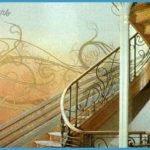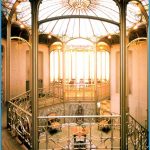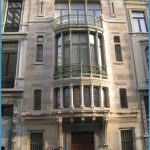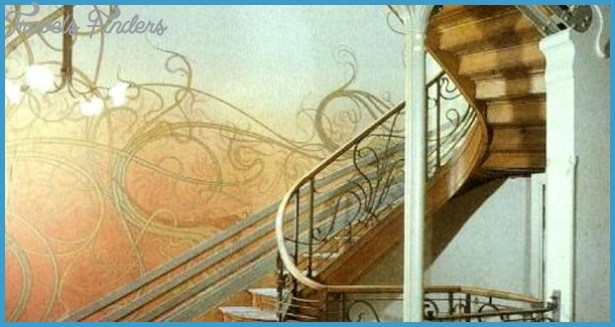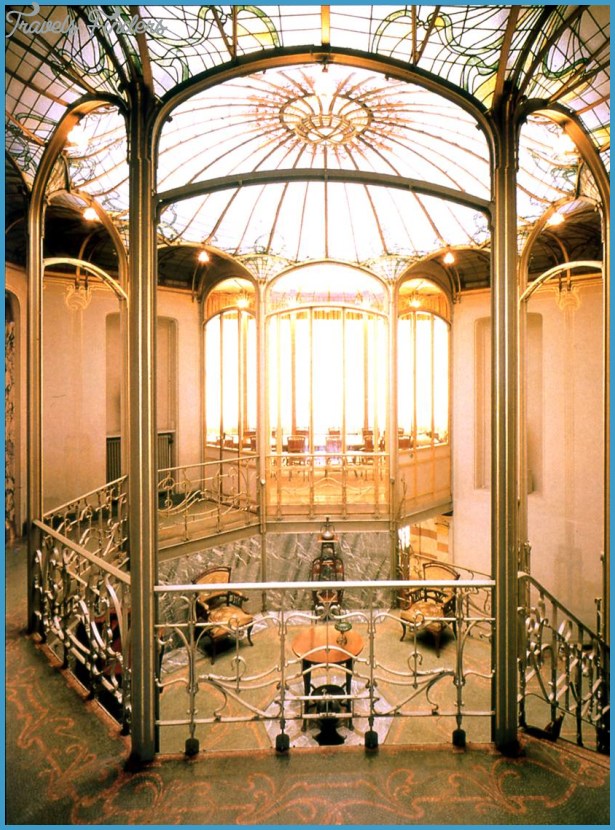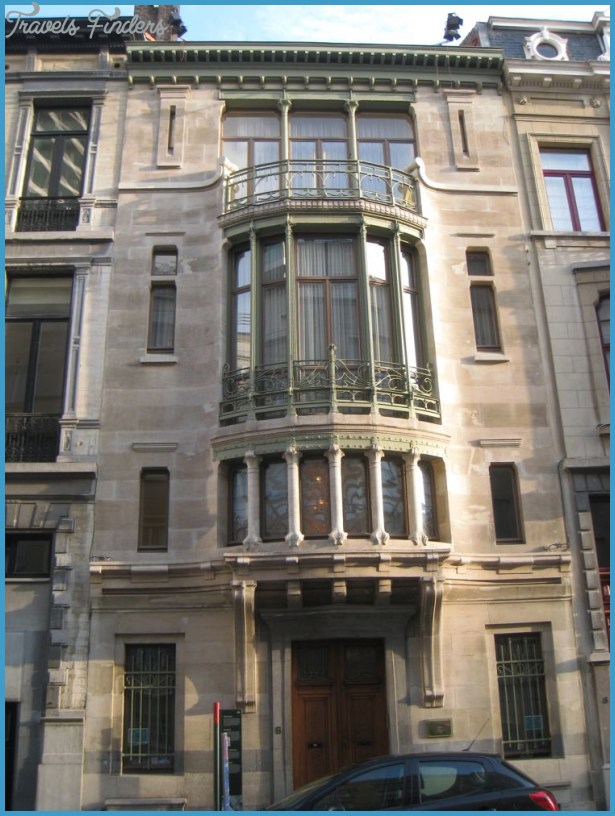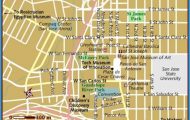VICTOR HORTA
The end of the 19th century saw the birth of a new design movement that rejected the revival of past styles, such as Gothic, and was characterized by expressive decoration. Known as Art Nouveau, its first great architectural exponent was the Belgian architect, Victor Horta. The Hotel Tassel, the Brussels town house he designed for a wealthy client, not only epitomizes the new style but also shows the architect’s imaginative handling of interior space.
The most striking feature of the house is the lavish decoration: balustrades and columns are sinuous in form, and plantlike designs adorn the walls and floors. This beauty is, however, more than skin-deep. Horta was daring in his use of materials, such as iron, and in the confident way he planned the Hotel Tassel around the stunning top-lit, central stairwell.
VICTOR HORTA
1861-1947
On completing his studies in Brussels,
Victor Horta went to work for Alphonse Balat, architect to King Leopold II, and worked on the design of the royal greenhouses. In the 1880s he set up his own practice and gained a reputation for designing shops
and town houses in characteristic Art Nouveau style. The deep economic depression after World War I, however, made the lavish ornament of Art Nouveau unaffordable, and Horta simplified his style, designing modern, logically planned buildings such as the Central Station in Brussels.
HOTEL TASSEL BELGIUM
1 STAINED GLASS These exquisite panels show Horta’s flair with abstract decoration. The strong shapes of the design are based on the whiplash curve a linear form typical of Art Nouveau in which a line curves one way, and then bends sharply back in the opposite direction, like the cord of a whip.
1 Hotel van Eetvelde
Here the stairs are lit by a glazed dome held up on slender columns and edged with curvilinear decoration.
4 EXTERIOR IRONWORK
The street fagade of the house has a huge bow window which, with its narrow uprights and floor-to-ceiling expanses of glass, floods the interior with light. The iron railings that front the window are typically Art Nouveau in form, curving back and forth to make lines based on the stems and tendrils of plants.
2 DOOR HANDLES When working for wealthy and design-conscious clients, such as Emile Tassel, Horta preferred to design all the fixtures and fittings in his buildings and, if possible, the furniture as well. Even small items like these door handles had his imprint. The swirling, organic form of the handle seems to have been designed both to complement the decorative scheme and to fit the hand comfortably.
2 STAIRCASE The staircase runs up the center of the house, creating a stunning public space between the front and rear. Every surface is decorated with complex curves the ornate tops of the metal columns are particularly expressive. The spatial handling is innovative too, with few straight lines and a series of odd-shaped spaces leading the eye past windows, columns, and railings toward the stairs.
ON DESIGN
Horta’s town houses often occupy narrow sites that extend a long way back from the street frontage. Such sites were challenging because rooms in the middle of the house lacked exterior windows. At the Hotel Tassel, Horta solved this problem by designing the house in three sections. Most of the rooms are in the front and rear sections, and natural light enters via windows looking either onto the street or out of the back of the building. These two parts of the house are linked by a central portion, which is lit by a glass roof. This central section contains the stairs, so the daylight from the dome can reach all three main floors. The Hotel van Eetvelde, another of Horta’s town houses, has a similar light well.

